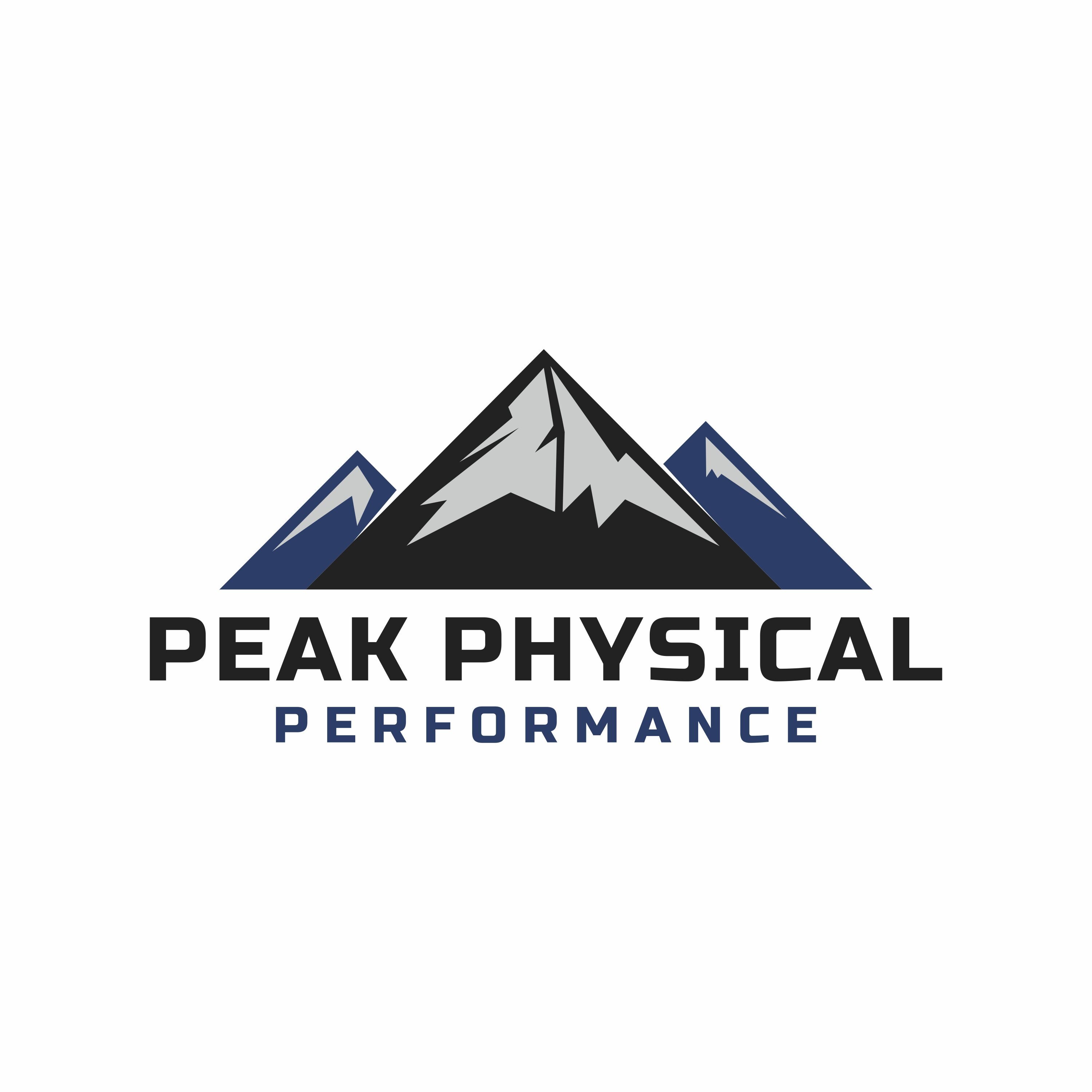When it comes to staying fit and healthy, the type of exercise you choose can have a significant impact on your overall well-being. Walking, running, and strength training are three popular forms of exercise, each offering unique benefits. Let’s explore these benefits and help you decide which exercise might be best suited for your fitness goals.
Walking: The Low-Impact All-Rounder
Walking is often underrated but provides numerous health benefits, making it an excellent choice for people of all ages and fitness levels.
- Cardiovascular Health: Walking at a brisk pace can improve cardiovascular health by increasing heart rate and circulation. Regular walking can reduce the risk of heart disease and stroke .
- Joint Health: As a low-impact exercise, walking is gentle on the joints. It’s particularly beneficial for individuals with arthritis or those recovering from injury .
- Mental Well-being: Walking in nature or even around your neighborhood can reduce stress, anxiety, and depression. The rhythmic motion and fresh air contribute to a sense of calm and well-being .
- Weight Management: Consistent walking helps burn calories and can aid in weight management. While it might not burn as many calories as more intense exercises, it’s sustainable and easy to incorporate into daily routines .
Running: The Calorie Burner
Running is a high-intensity workout that offers extensive benefits, especially for those looking to improve cardiovascular fitness and lose weight.
- Cardio Boost: Running significantly enhances cardiovascular endurance. It strengthens the heart and improves lung capacity, reducing the risk of cardiovascular diseases .
- Weight Loss: Due to its high-intensity nature, running burns more calories per minute compared to walking. This makes it effective for weight loss and fat reduction .
- Bone Strength: Running is a weight-bearing exercise that helps increase bone density, reducing the risk of osteoporosis .
- Mental Health: Like walking, running releases endorphins, which improve mood and reduce symptoms of depression and anxiety. The phenomenon known as “runner’s high” is a testament to its mental health benefits .
Strength Training: The Muscle Builder
Strength training, including weightlifting and resistance exercises, is crucial for building muscle and maintaining overall body strength.
- Muscle Mass and Strength: Regular strength training increases muscle mass and strength, which is essential for overall body function and metabolic rate .
- Bone Health: Like running, strength training is beneficial for bone health. It stimulates bone growth and reduces the risk of osteoporosis .
- Metabolic Benefits: Strength training boosts metabolism, helping to burn more calories even at rest. This makes it effective for long-term weight management .
- Functional Fitness: Building muscle strength improves functional fitness, making daily activities easier and reducing the risk of injury .
Choosing between walking, running, and strength training depends on your fitness goals, physical condition, and personal preferences. Walking is ideal for low-impact cardiovascular health and mental well-being. Running excels in cardiovascular fitness and weight loss. Strength training is essential for building muscle mass, bone health, and metabolic efficiency.
Incorporating a combination of these exercises can provide a balanced and comprehensive fitness routine, ensuring you reap the benefits of each. Always consult with a healthcare professional or fitness expert to tailor an exercise plan that fits your individual needs.
References
- “Walking for Health,” Harvard Health Publishing.
- “Exercise and Arthritis,” Arthritis Foundation.
- “How Walking Can Help Reduce Stress and Anxiety,” Mayo Clinic.
- “The Benefits of Walking for Health,” American Heart Association.
- “Running for Heart Health,” Cleveland Clinic.
- “Calories Burned Running vs. Walking,” Healthline.
- “Running and Bone Health,” National Institutes of Health.
- “The Psychological Benefits of Running,” Psychology Today.
- “Strength Training for Muscle Mass,” National Institute on Aging.
- “Weight Training and Bone Density,” Osteoporosis and Related Bone Diseases National Resource Center.
- “How Strength Training Boosts Metabolism,” American Council on Exercise.
- “Functional Fitness and Strength Training,” WebMD.



Comments are closed